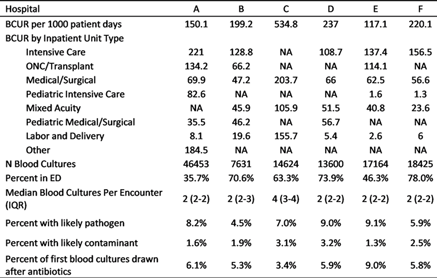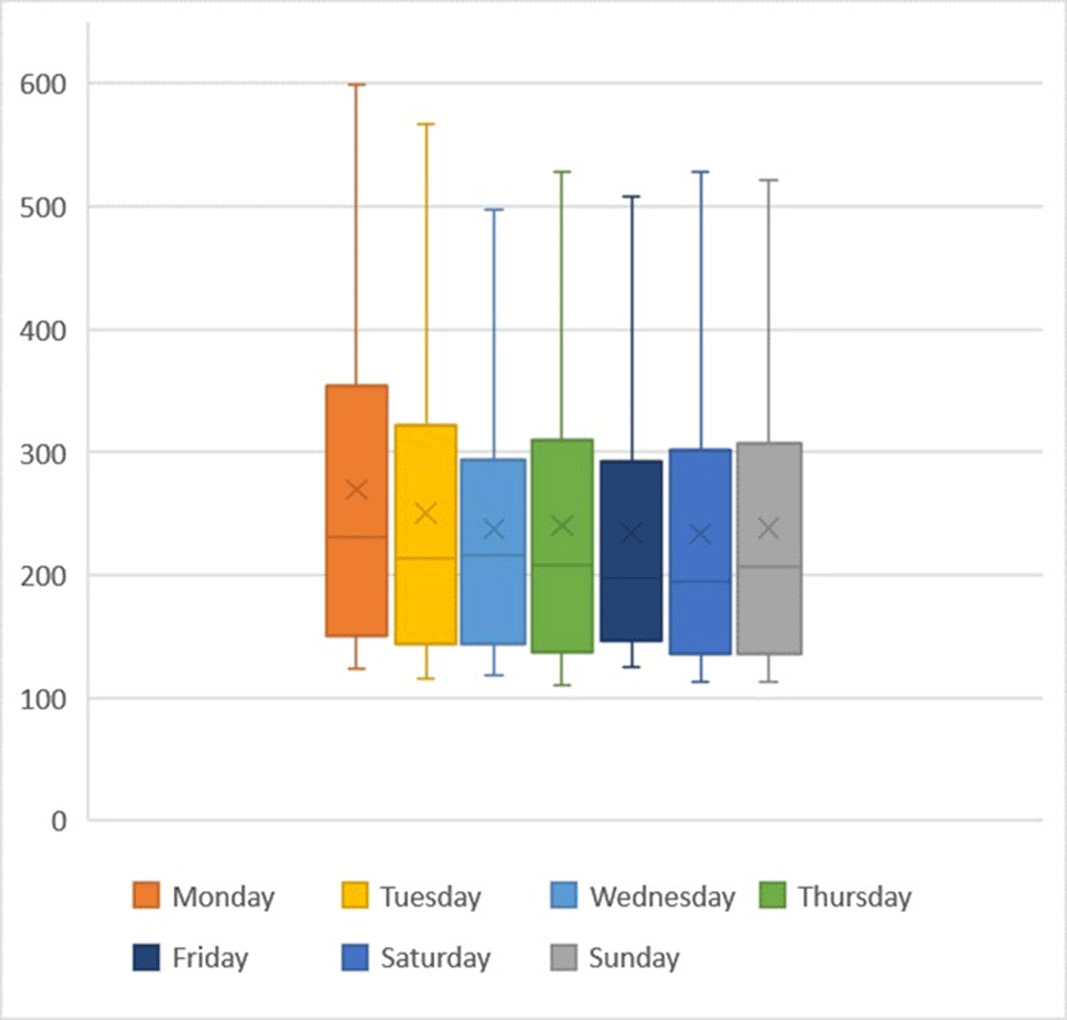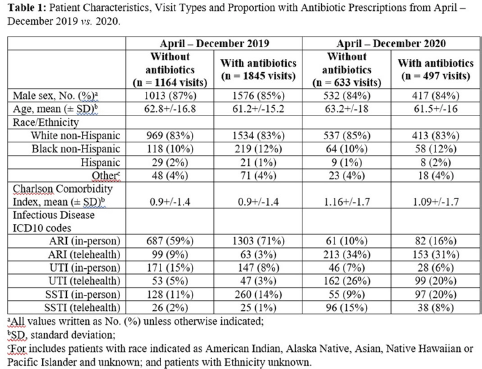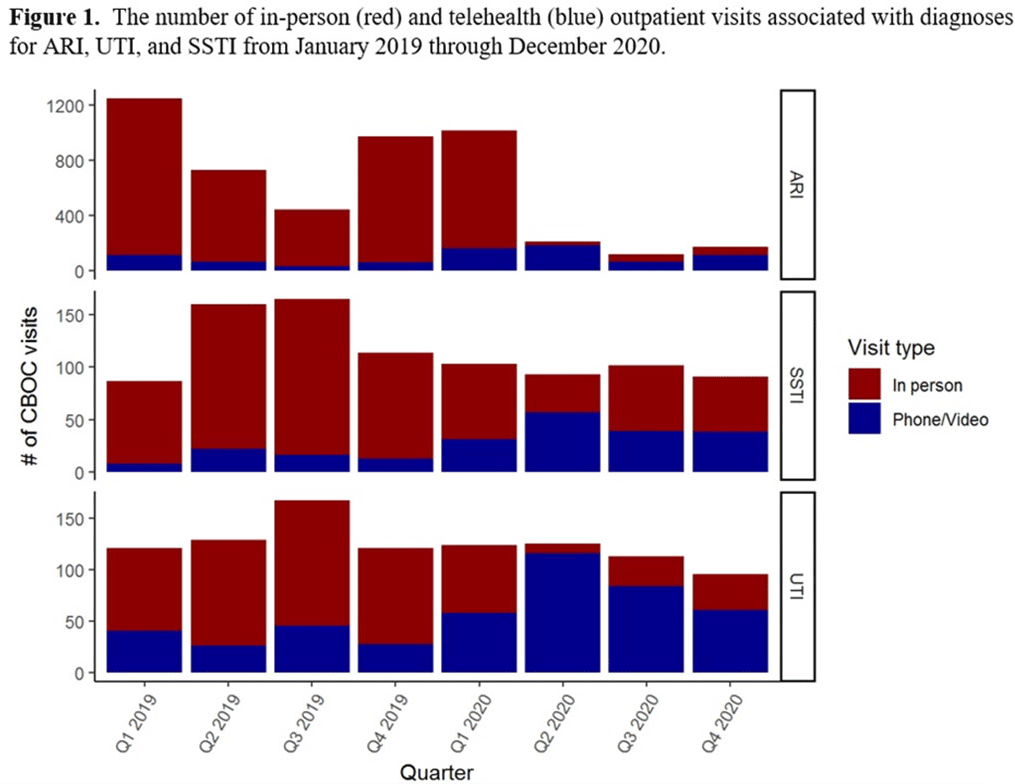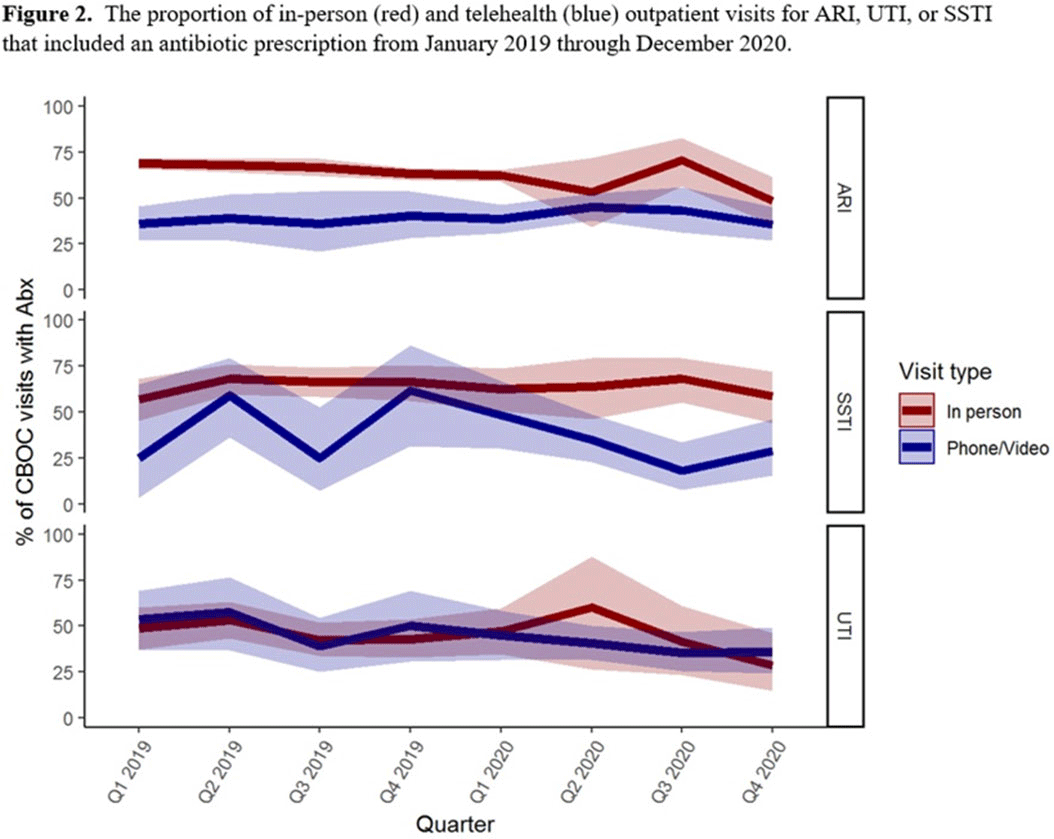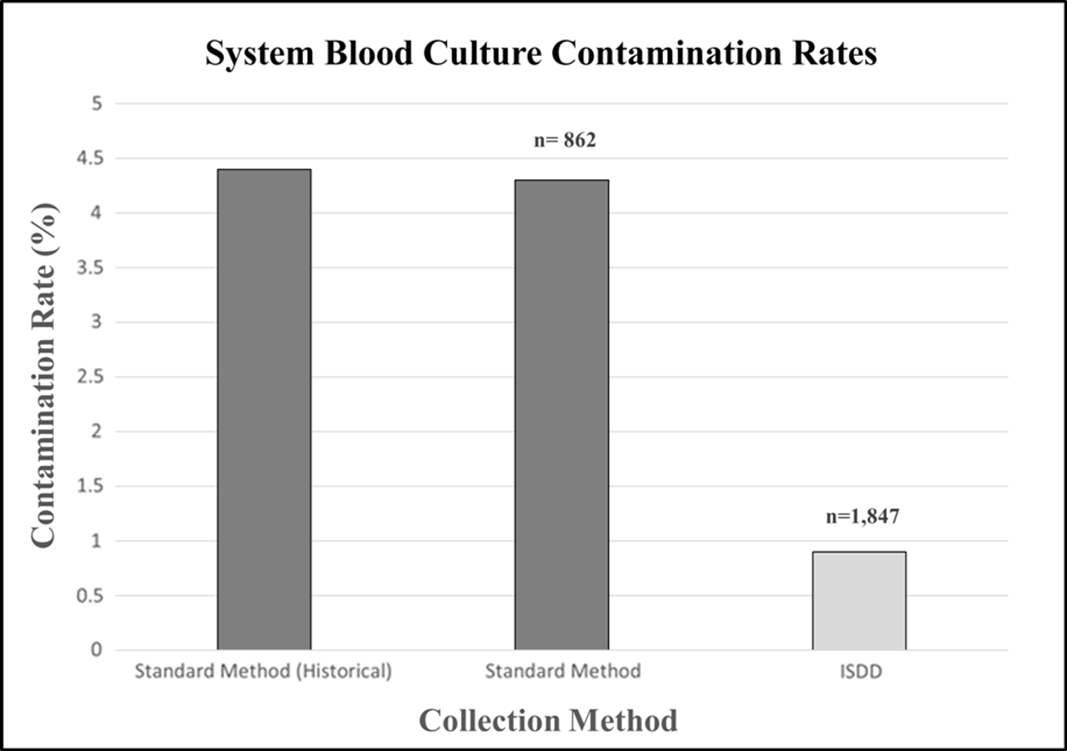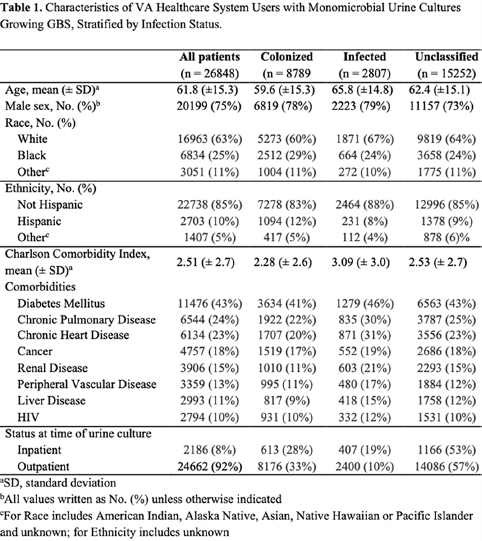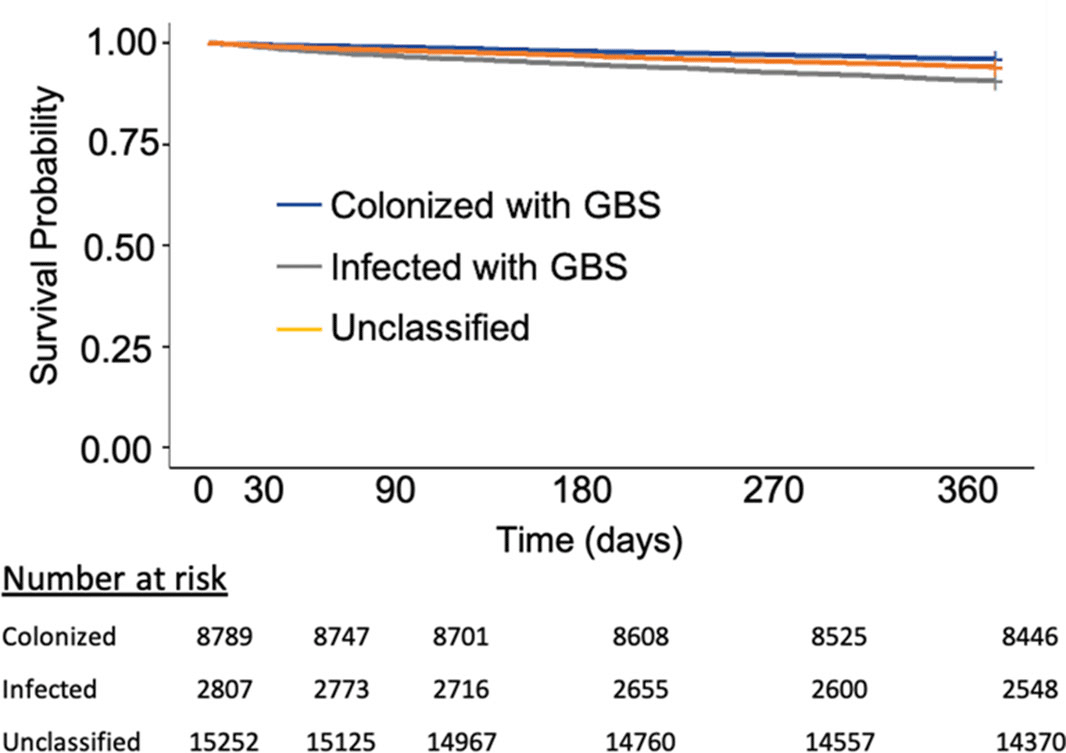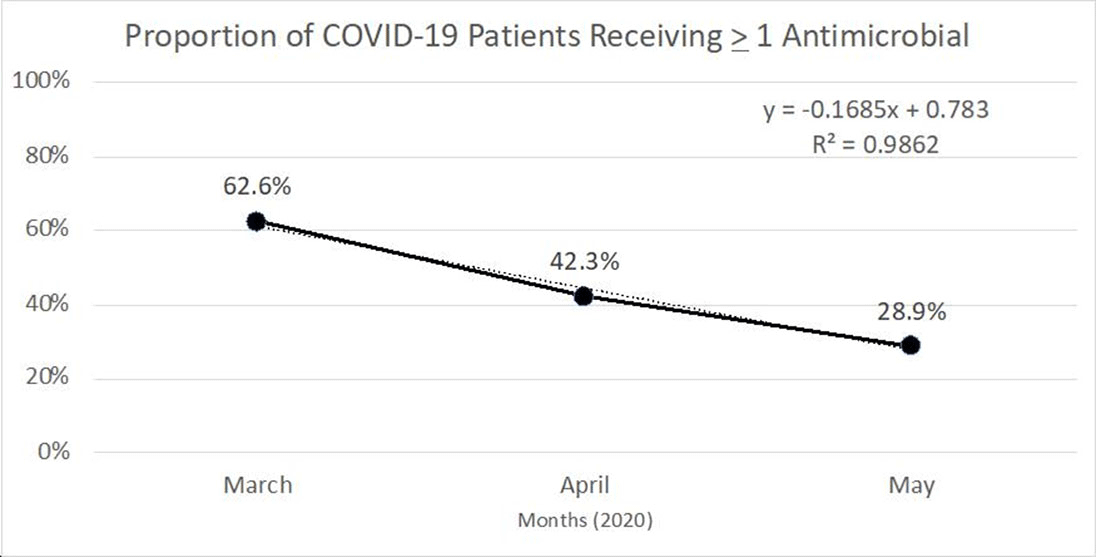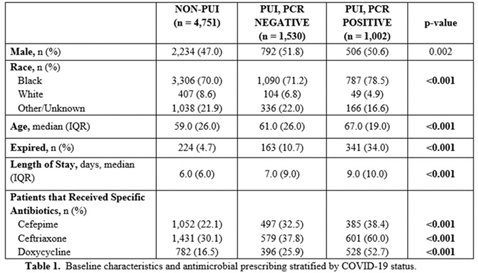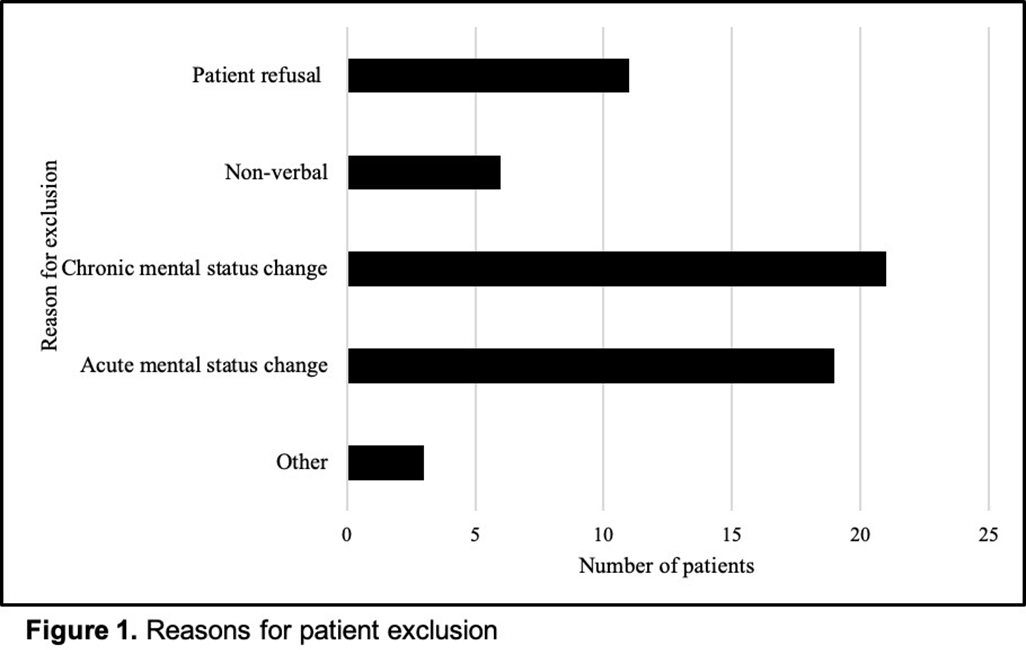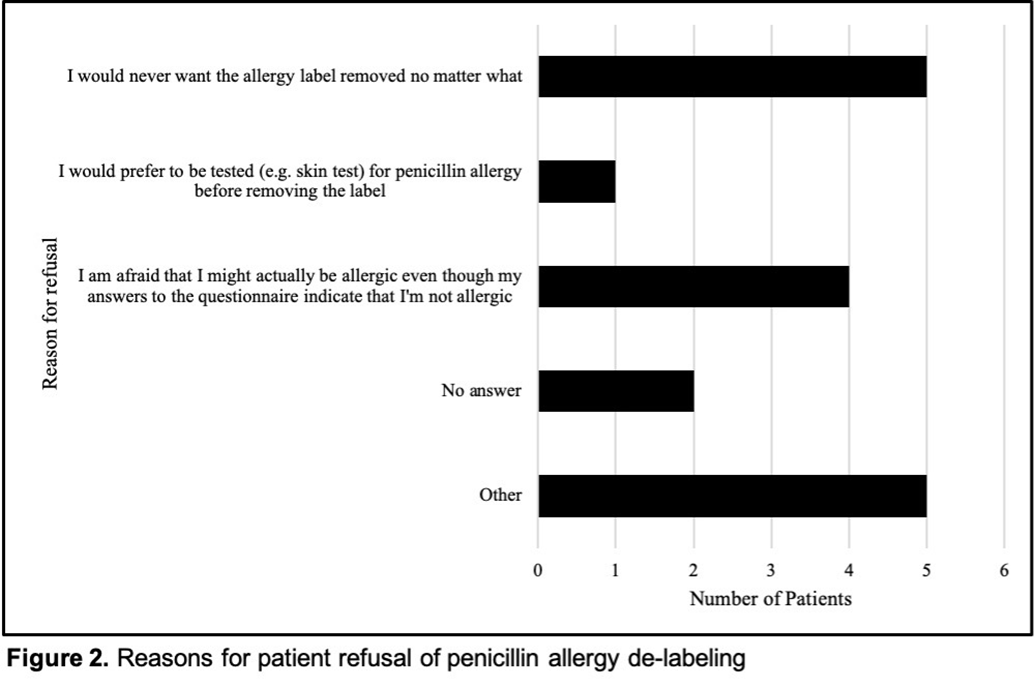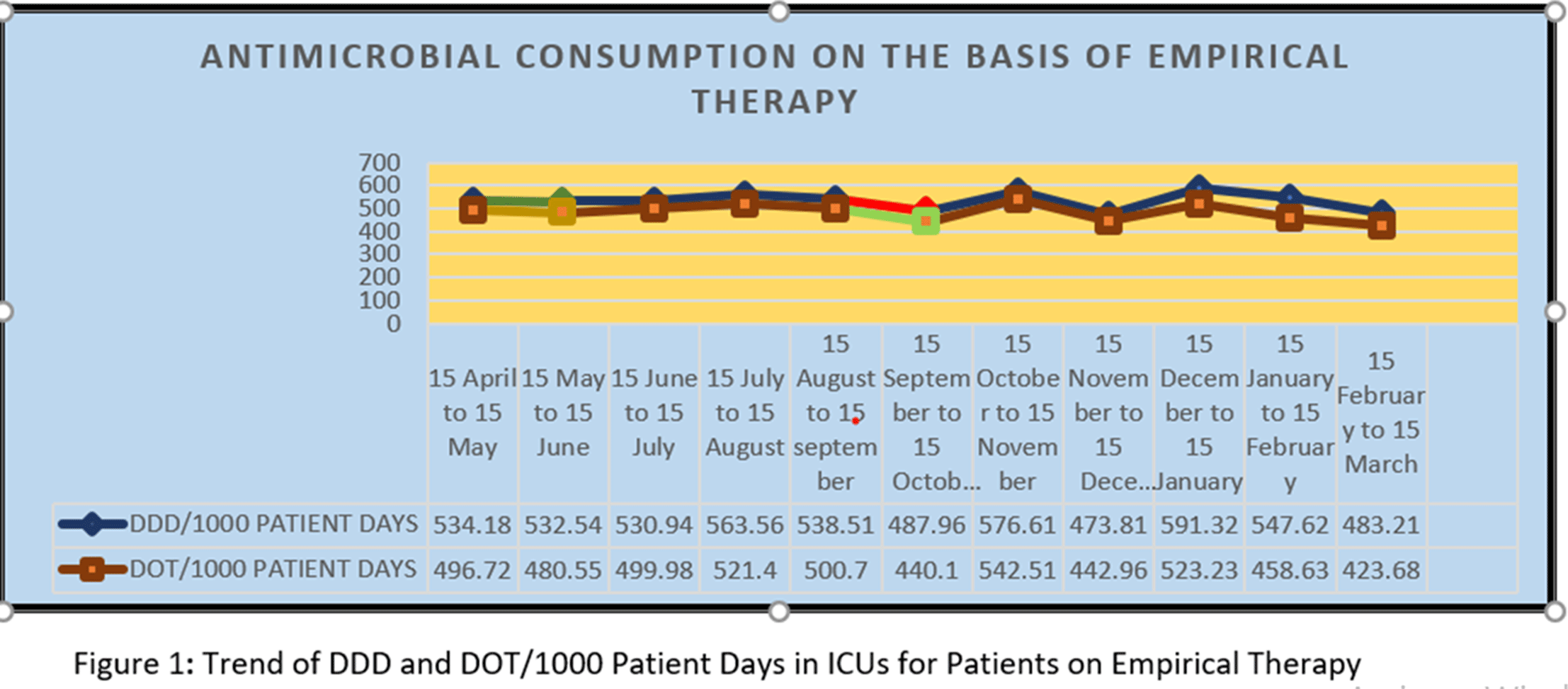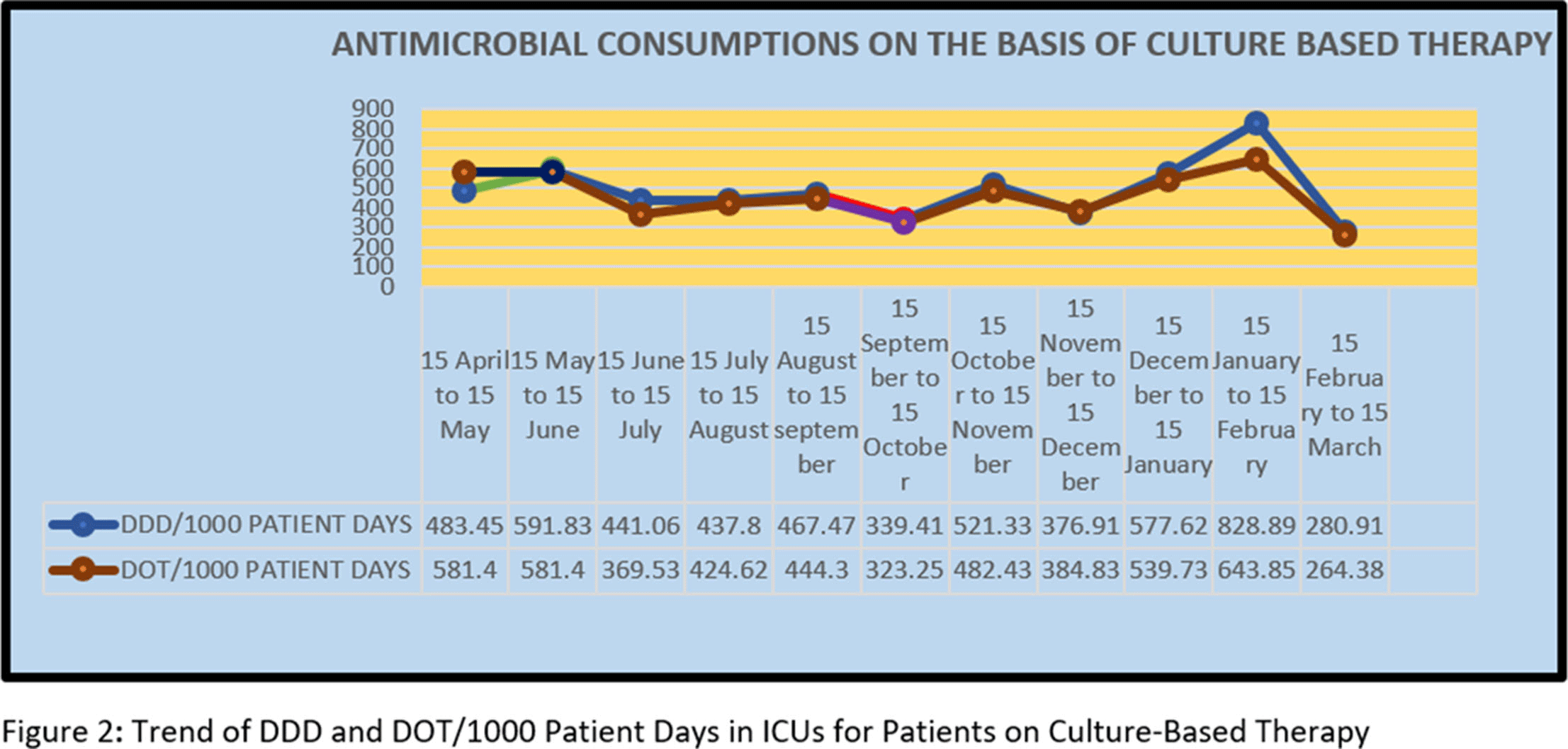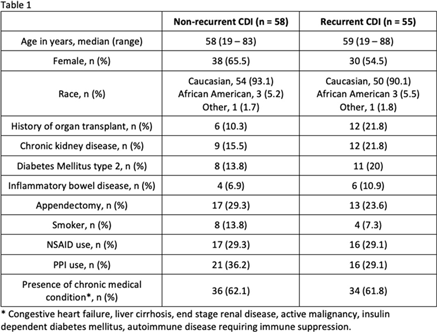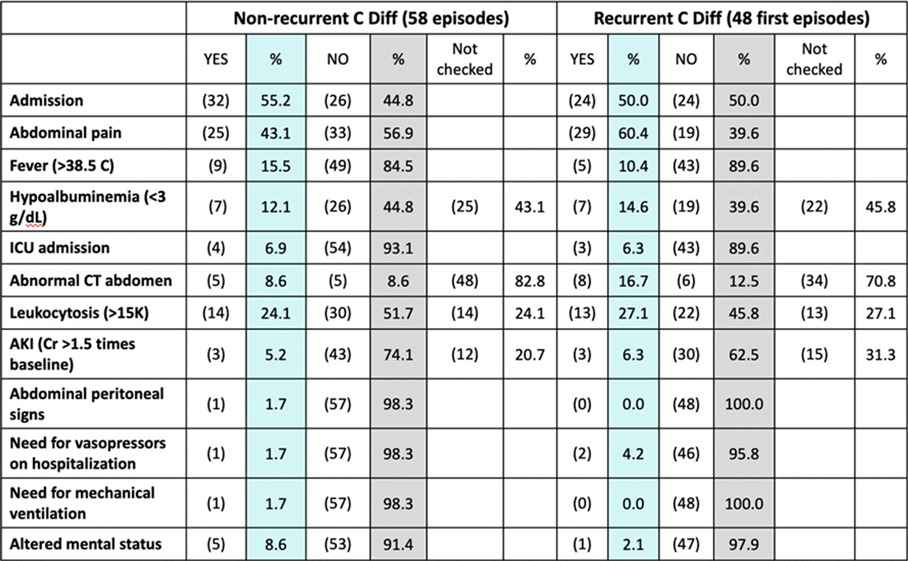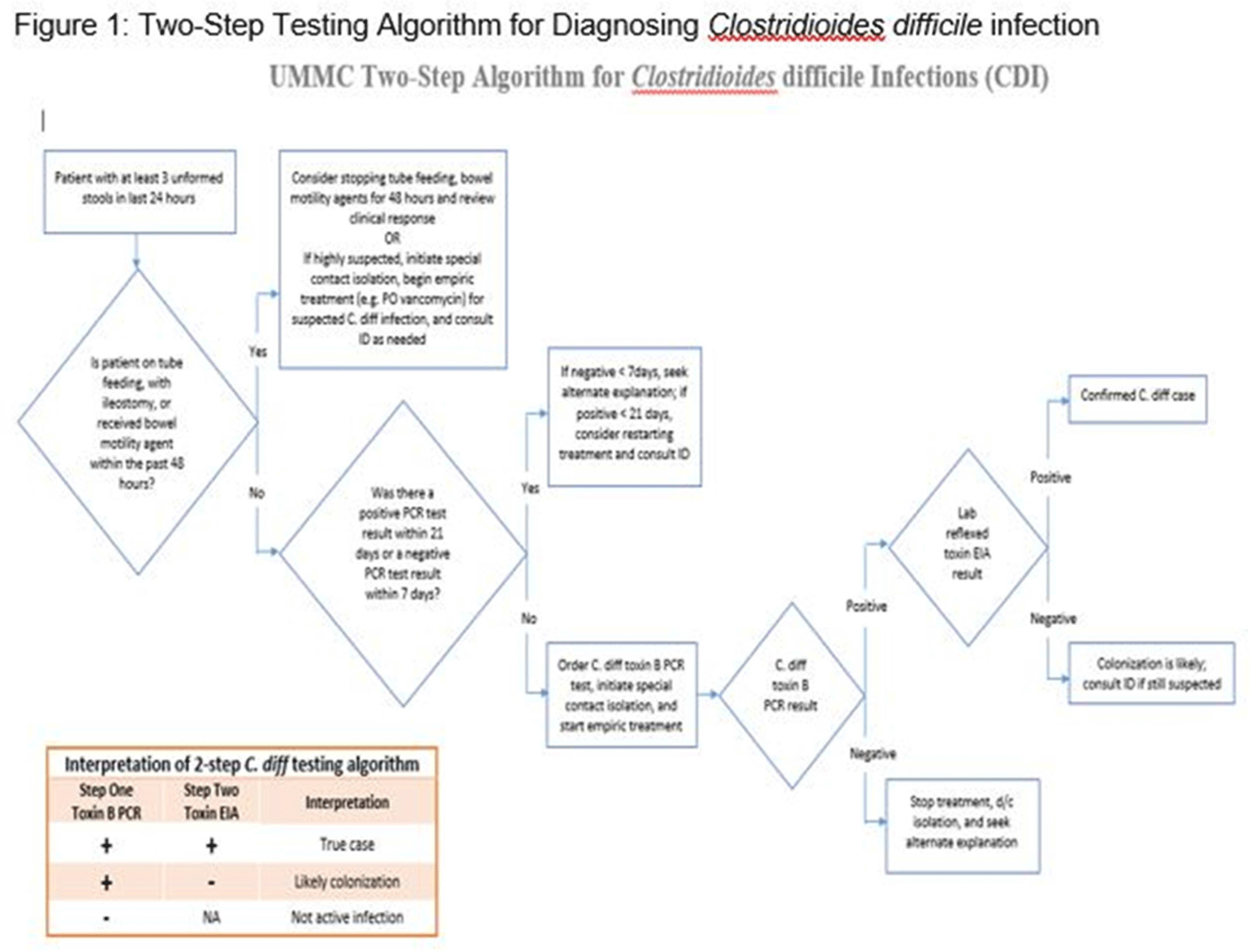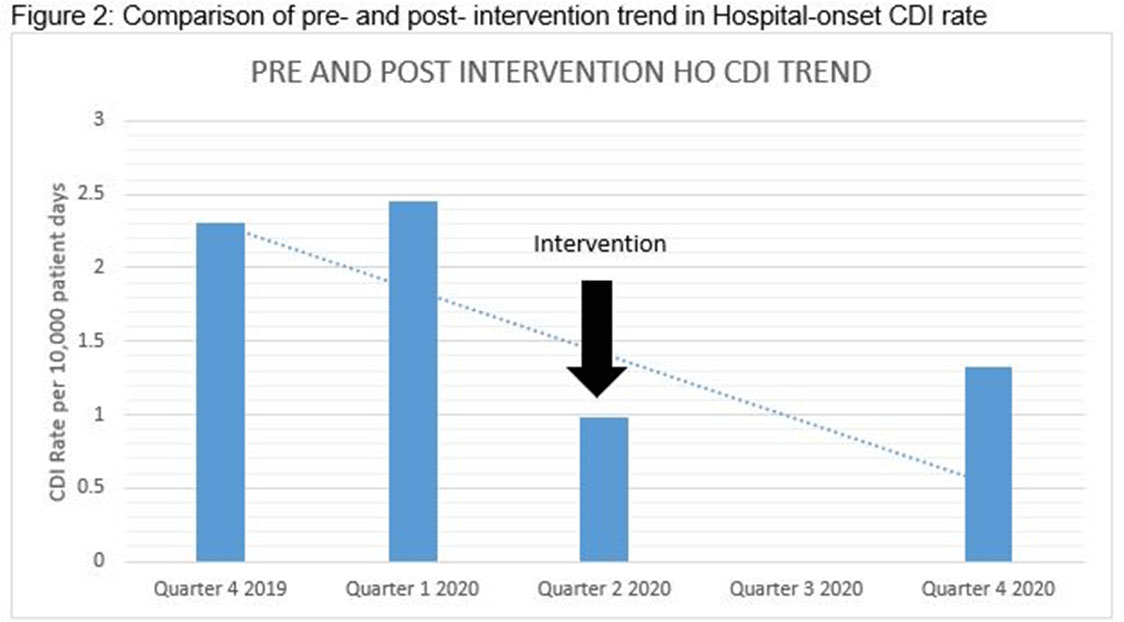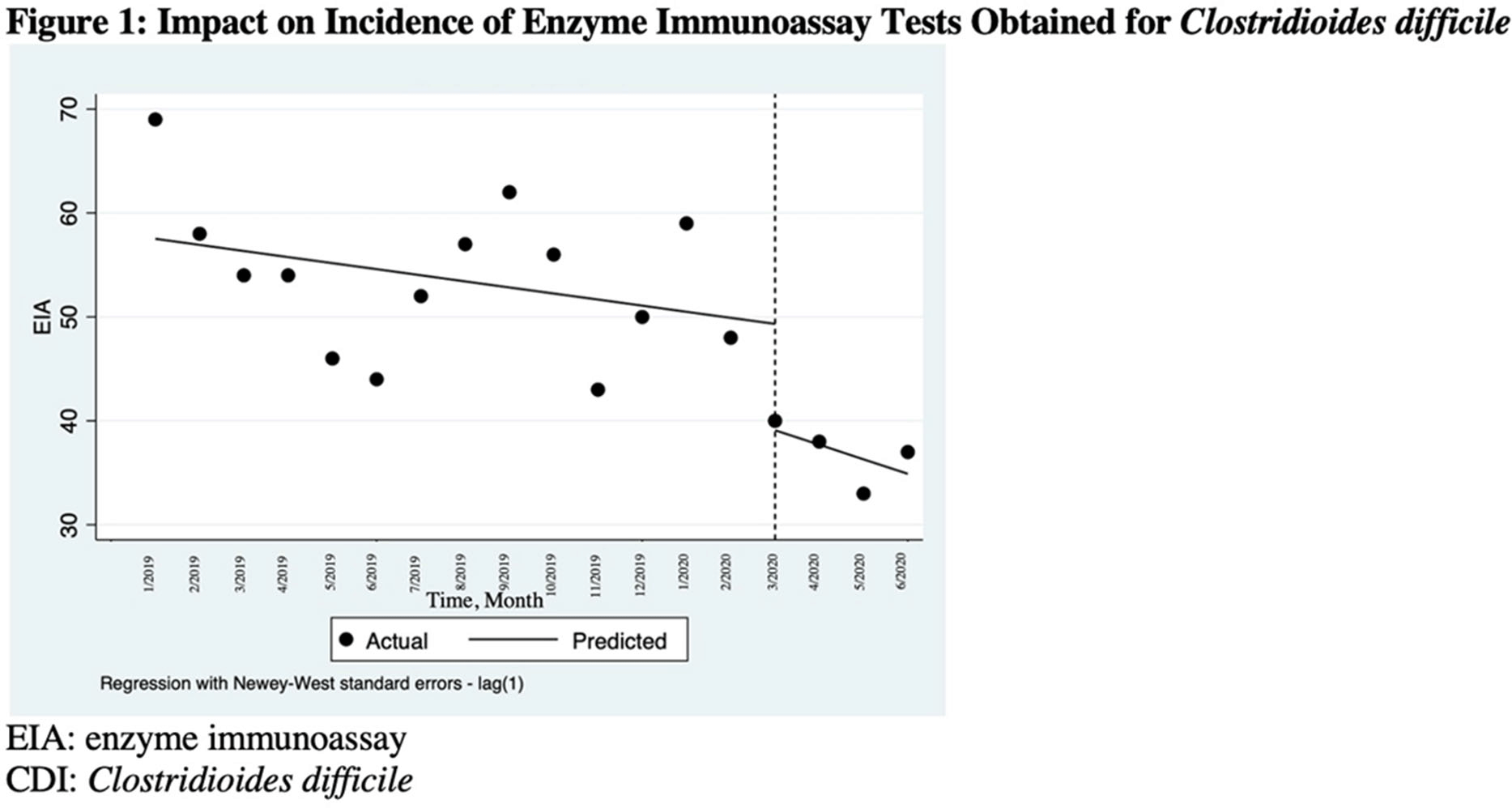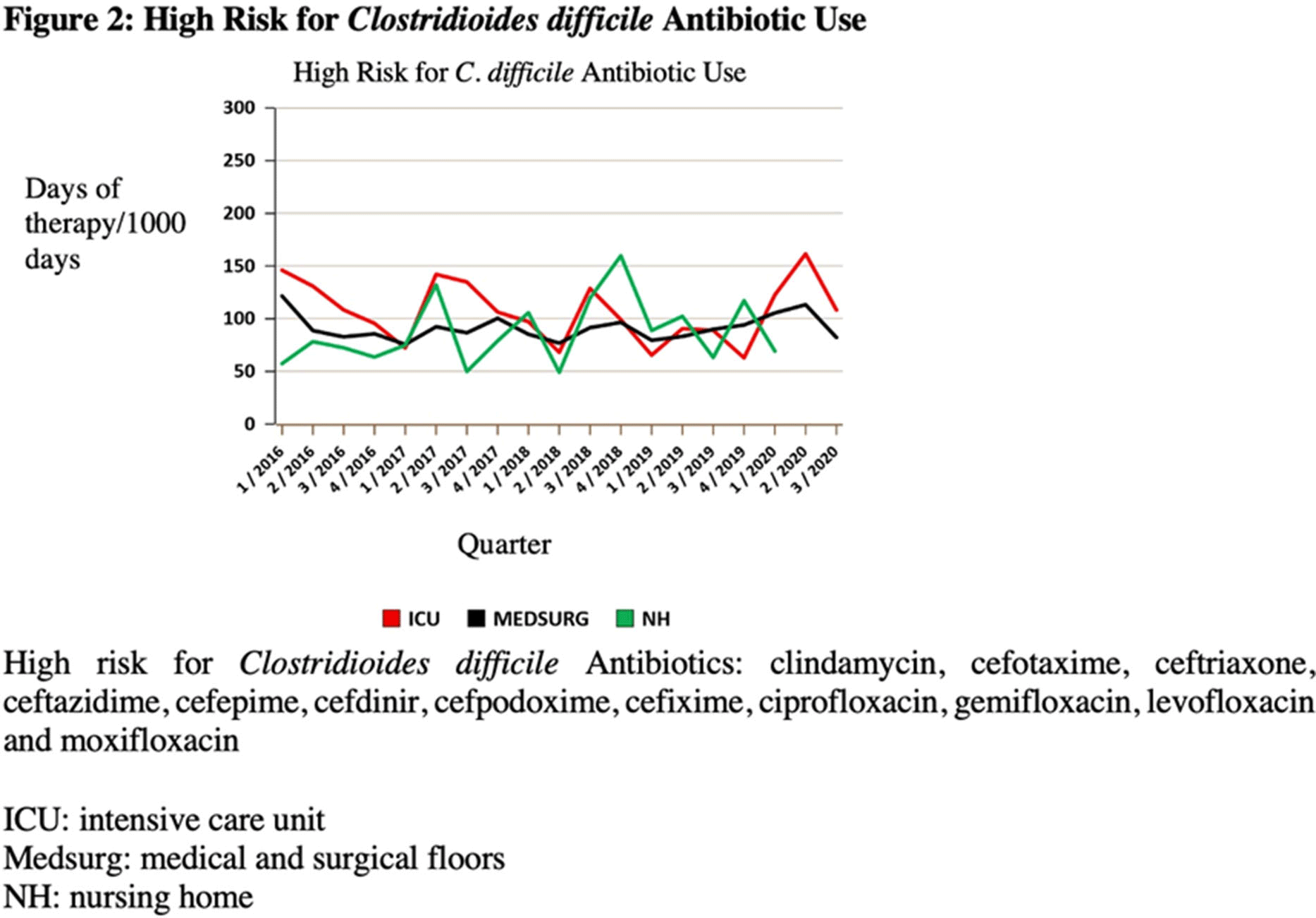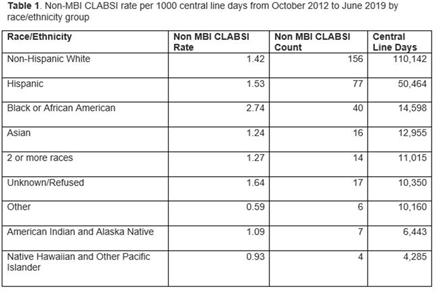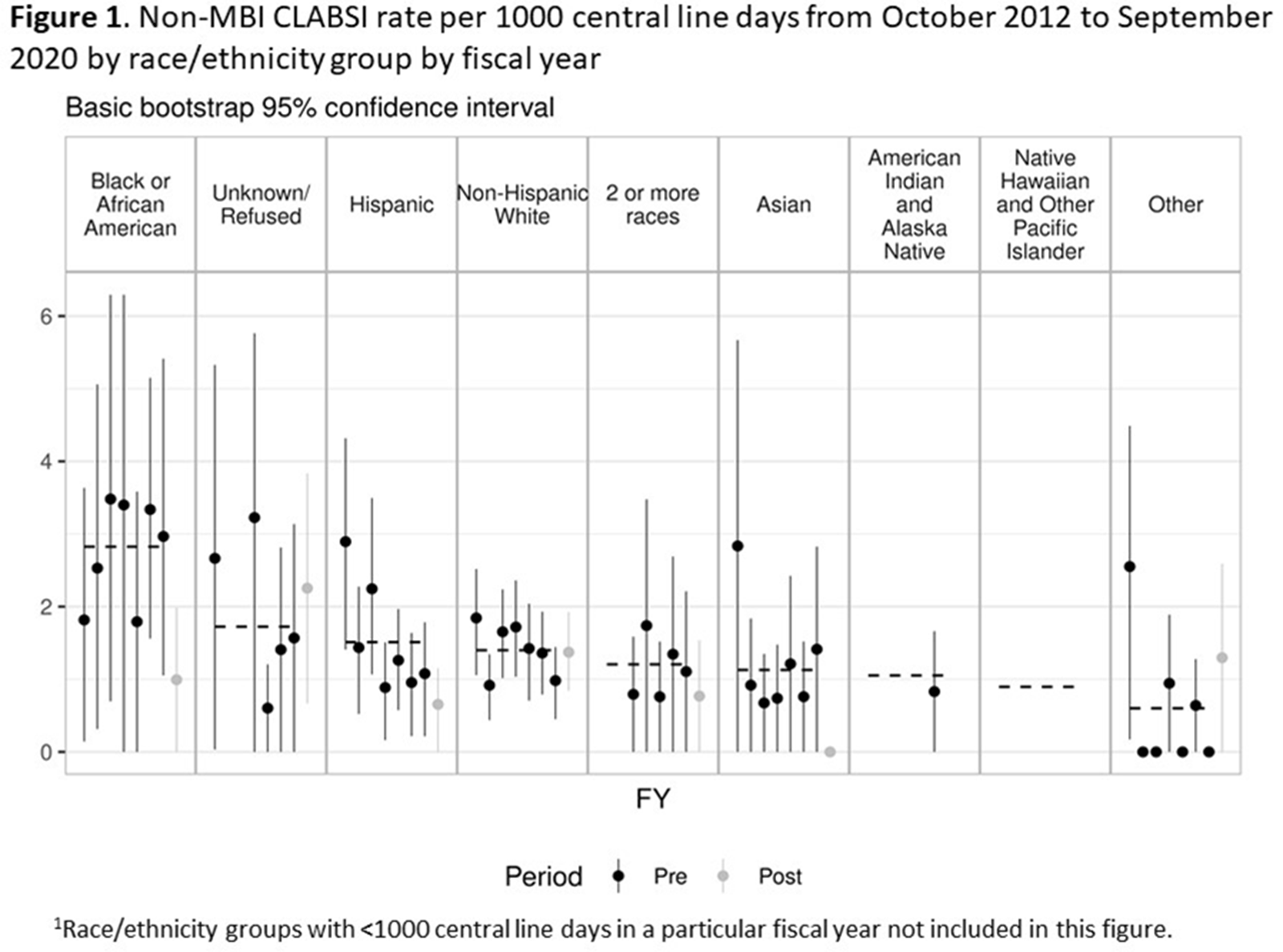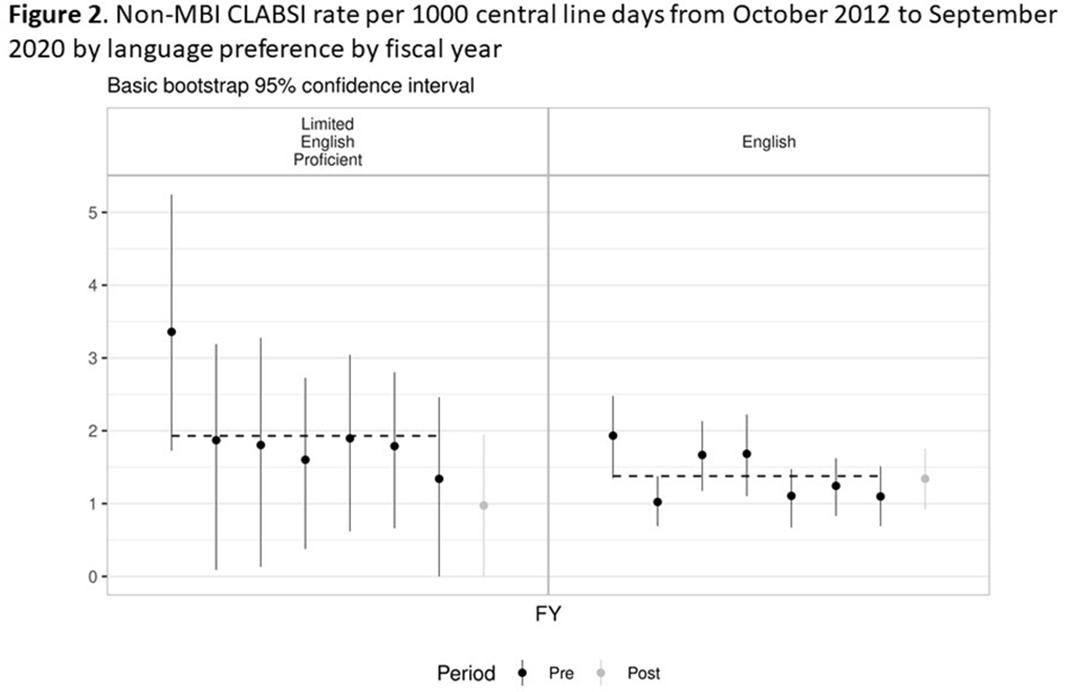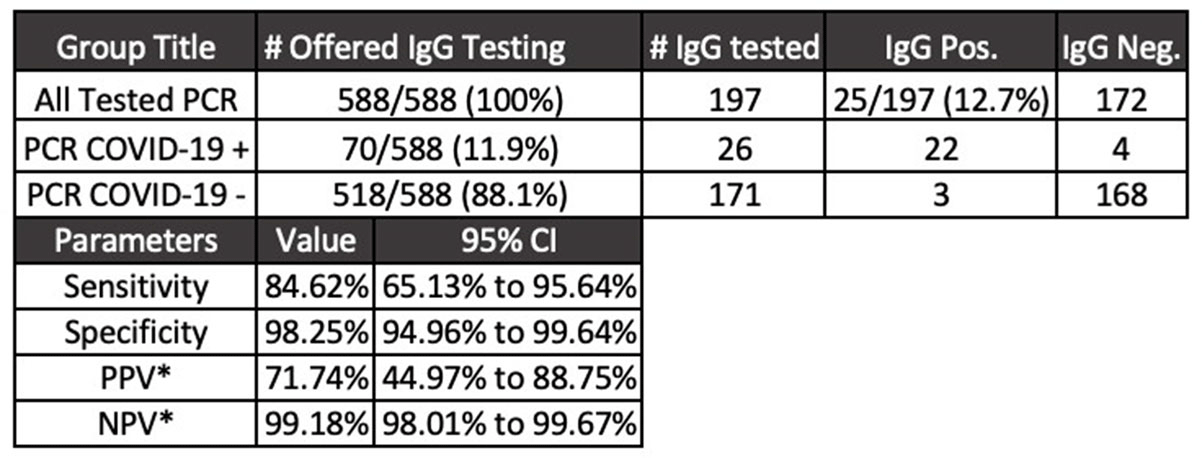Poster Presentation
Antibiotic Stewardship
Analysis of Recurrent Urinary Tract Infection Management in Outpatient Settings Reveals Opportunities for Antibiotic Stewards
-
- Published online by Cambridge University Press:
- 29 July 2021, p. s34
-
- Article
-
- You have access
- Open access
- Export citation
Blood Culture Utilization at Six Southeastern US Hospitals
-
- Published online by Cambridge University Press:
- 29 July 2021, pp. s34-s35
-
- Article
-
- You have access
- Open access
- Export citation
Outpatient Antibiotic Use for Common Infectious Diagnoses: Patterns in Telehealth During the Emergence of COVID-19
-
- Published online by Cambridge University Press:
- 29 July 2021, pp. s35-s36
-
- Article
-
- You have access
- Open access
- Export citation
Antimicrobial Stewardship Standards and Patient Safety: A Case Study in Blood Culture Contamination
-
- Published online by Cambridge University Press:
- 29 July 2021, p. s36
-
- Article
-
- You have access
- Open access
- Export citation
Minimal Mortality Among Veterans with Urine Cultures Positive for Group B Streptococcus
-
- Published online by Cambridge University Press:
- 29 July 2021, pp. s36-s37
-
- Article
-
- You have access
- Open access
- Export citation
Assessing Baccalaureate Nursing Students’ Antibiotic Stewardship Knowledge Using Virtual Standardized Patient Simulations
-
- Published online by Cambridge University Press:
- 29 July 2021, p. s37
-
- Article
-
- You have access
- Open access
- Export citation
How the COVID-19 Pandemic Affected Antimicrobial Prescribing Practices at a Tertiary-Care Healthcare System in Detroit, Michigan
-
- Published online by Cambridge University Press:
- 29 July 2021, pp. s37-s38
-
- Article
-
- You have access
- Open access
- Export citation
Evaluation of Penicillin Allergy Prevalence and Antibiotic Prescribing Patterns for Patients within the Emergency Department
-
- Published online by Cambridge University Press:
- 29 July 2021, p. s38
-
- Article
-
- You have access
- Open access
- Export citation
Impact of an Inpatient Nurse-Initiated Penicillin Allergy Delabeling Questionnaire
-
- Published online by Cambridge University Press:
- 29 July 2021, pp. s38-s39
-
- Article
-
- You have access
- Open access
- Export citation
Evaluation of Penicillin Allergies and an Allergy Assessment Pilot in the Emergency Department
-
- Published online by Cambridge University Press:
- 29 July 2021, p. s39
-
- Article
-
- You have access
- Open access
- Export citation
Associations Between Patient Neighborhood Characteristics and Inappropriate Antimicrobial Use
-
- Published online by Cambridge University Press:
- 29 July 2021, p. s39
-
- Article
-
- You have access
- Open access
- Export citation
Prospective Audit for Antimicrobial Use and Stewardship Practices in Intensive Care Unit at a Tertiary-Care Center in India
-
- Published online by Cambridge University Press:
- 29 July 2021, p. s40
-
- Article
-
- You have access
- Open access
- Export citation
Evaluating the Prevalence of Leading Practices in Antimicrobial Stewardship
-
- Published online by Cambridge University Press:
- 29 July 2021, p. s41
-
- Article
-
- You have access
- Open access
- Export citation
C. difficile
Clostridioides difficile Is Not Difficult to Predict in Hospital Settings
-
- Published online by Cambridge University Press:
- 29 July 2021, p. s41
-
- Article
-
- You have access
- Open access
- Export citation
Clinical Characteristics and Fecal Microbiome in Recurrent Versus Nonrecurrent Clostridioides difficile Infection
-
- Published online by Cambridge University Press:
- 29 July 2021, pp. s41-s42
-
- Article
-
- You have access
- Open access
- Export citation
Impact of Two-Step Testing Algorithm on Reducing Hospital-Onset Clostridioides difficile Infections
-
- Published online by Cambridge University Press:
- 29 July 2021, pp. s42-s43
-
- Article
-
- You have access
- Open access
- Export citation
Did Clostridioides difficile Testing and Infection Rates Change During the COVID-19 Pandemic?
-
- Published online by Cambridge University Press:
- 29 July 2021, p. s43
-
- Article
-
- You have access
- Open access
- Export citation
CLABSI
Inequities in CLABSI Rates in a Children’s Hospital by Race, Ethnicity, and Language Preference
-
- Published online by Cambridge University Press:
- 29 July 2021, pp. s43-s44
-
- Article
-
- You have access
- Open access
- Export citation
COVID-19
Use of COVID-19 Serologic Testing in Healthcare Workers with Acute Respiratory Tract Infection
-
- Published online by Cambridge University Press:
- 29 July 2021, p. s44
-
- Article
-
- You have access
- Open access
- Export citation
COVID-19 and Ventilator-Associated Event Discordance
-
- Published online by Cambridge University Press:
- 29 July 2021, p. s45
-
- Article
-
- You have access
- Open access
- Export citation

